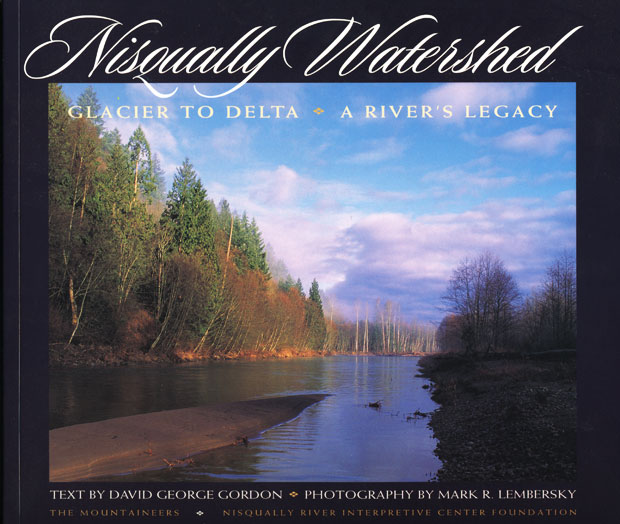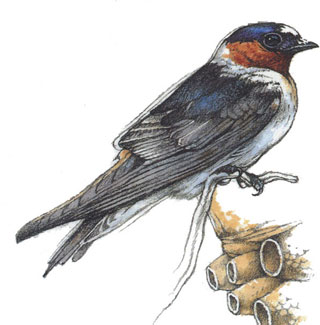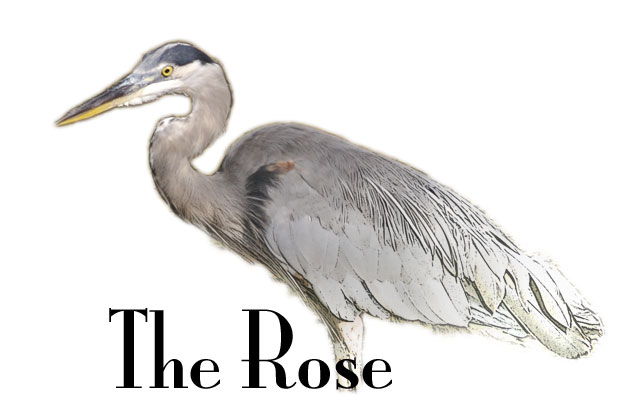In other words, there is no such thing as a Death Tax.
In fact, I’m a little surprised that the Christian wing of the Republican party haven’t informed the Capitalistic wing of the party of that simple fact.
As I, and the Wikipedia, remember it, Jesus told the rich man who was unwilling to give up his inheritance, “And again I say unto you. It is easier for a camel to go through the eye of a needle, than for a rich man to enter into the kingdom of God.�? Matthew 19:24
Perhaps that’s why tax payers are allowed to avoid inheritance taxes by donating part of their estate to charitable organizations.
There is NO Death Tax. There is, in fact, only an Inheritance Tax.
Where else can one receive large sums of money and not pay taxes on it? One could perhaps argue that the taxes on inheritances are too high, but of course where else is one allowed to get $2,000,000 and not pay any taxes on it?
If that were true for everyone, I would never have had to pay any taxes in my life, nor would 90% of the population because they will never see that kind of money in their entire life. Of course if that were true, there wouldn’t be much of a country left would there? Governments can’t run without money.
If inheritance taxes are really the burden that opponents suggest, why then do we have the Rockefellers, the Kennedys, the Bushes and thousands more noble families who have such power over our country? Surely, those weighty taxes should have reduced those families to poverty by now.
If one really believes in Democracy and not in an Oligarchy like Mexico where there is a permanent ruling class because of the absence of an inheritance or gift tax and a permanent under class that is forced to leave their country to provide for their families, then an inheritance tax seems like an absolute necessity.
Is equal opportunity even a possibility in a country dominated by an Aristocracy whose wealth and income is taxed at a lower rate than those who are forced to earn their money through their labor?
I don’t know about you, but I’m dead tired of hearing Republican ads accusing Democratic candidates of wanting to increase taxes because they refuse to go along with Republican attempts to repeal a tax that has long been part of America’s attempt to make sure that we do not have a permanent ruling class who has to do little more than run around making a show of spending obscene amounts of money. It’s hard to imagine a better argument for an inheritance tax than Nicky or Paris Hilton.



